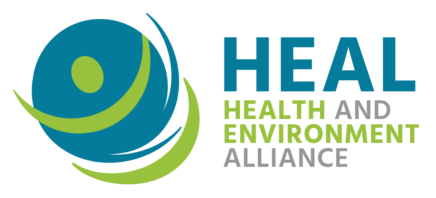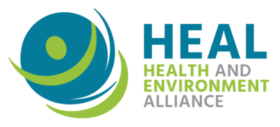HEAL welcomes the call from 250 scientists urging the European Commission to follow scientific recommendations and include provisions to account for the effects of chemical mixtures to better protect health in the upcoming revision of REACH, the EU’s regulation for chemicals.
Brussels, 13th March 2018 – A global intergovernmental meeting starts today in Stockholm, Sweden, which is instrumental to the process of developing a Strategic Approach for International Chemical Management (SAICM) and a new framework beyond 2020 [1].
The Health and Environment Alliance (HEAL) calls on European delegates to promote an ambitious international framework beyond 2020, based on their commitments to release the European Strategy for a Non-Toxic Environment by 2018 [2]. The release of such a strategy would make Europe a leader in the SAICM discussions and inspire much needed progress on safe chemicals management.
Since its inception, the main objective of the SAICM process has been to minimise the significant adverse impacts of chemicals on the environment and human health by 2020. Unfortunately, evidence about environmental chemical pollution keeps piling up and governments are not on track to meet their 2020 deadline. In this context, the meeting starting today is key both to define Europe’s role in contributing to the implementation of the current framework and its position about the framework’s future beyond 2020.
Genon K. Jensen, HEAL’s Executive Director, said: “An ambitious action plan for SAICM beyond 2020 is essential if we are to protect current and future generations from the adverse health impacts and diseases caused by toxic chemicals. Europe’s overdue commitment to a non-toxic environment strategy has the potential to inspire worldwide action in order to reduce human exposure, leading the way towards safe chemical management and innovative substitution.”
A European strategy on a non-toxic environment is one of the commitments under the seventh European Action Plan (EAP), which is due by the end of 2018. Such a strategy would provide significant environmental health wins in Europe and could also step up Europe’s profile on the international scene.
The societal impacts of human exposure to chemicals are increasingly well evidenced. A recent study highlighted that the health and economic costs of preventable exposure to chemical pollutants could be of at least 10% of global GDP [3], while the economic burden of diseases related to endocrine disrupting chemicals (EDCs) in the EU alone is estimated to cost at least 163 billion euros every year [4].
Genon K. Jensen continued: “Global visioning on chemicals and safer alternatives must place health as the starting point, not an afterthought, if we are at all serious about substantially reducing not only deaths but illness from hazardous chemicals and protecting our natural resources. Public health actors, professionals and researchers are increasingly becoming empowered with the knowledge and tools to advocate on reducing exposure and bring out the hidden costs to health of chemical contamination”.
As a long-time SAICM accredited stakeholder, HEAL has been promoting the active engagement of the health sector in the process, including through the implementation of the WHO roadmap on chemicals [5].


